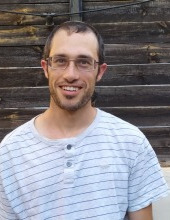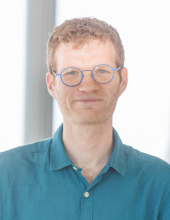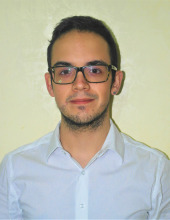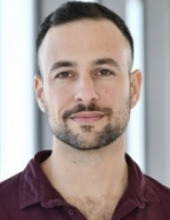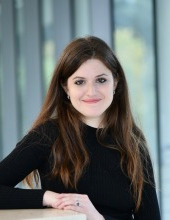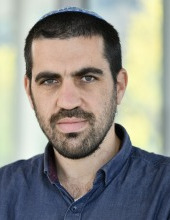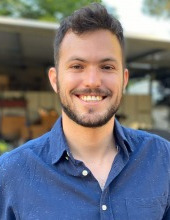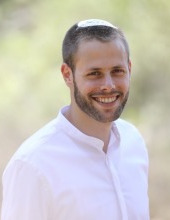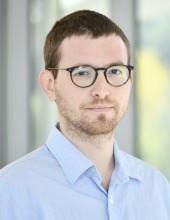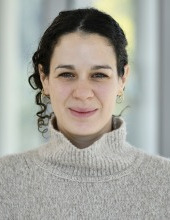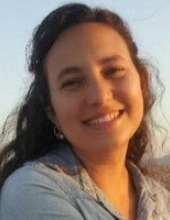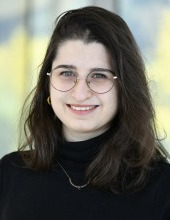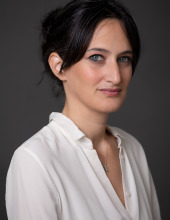Itay Abadi
Department of Archaeology
Subject: The Transition from The Upper Palaeolithic To the Epipalaeolithic In the Southern Levant And the Development of The Microlithic Technology.
Supervisor: Prof. Nigel Goring-Morris
Abstract: The doctoral dissertation focuses on one of the important developments in the of ancient hunting methods in the southern Levant. This change took place during the transition between the transition from the Upper Paleolithic to the Epipaleolithic periods (some 25,000 years ago), due to the development of microlithic tools (small stone tools, carefully designed in standard shapes, used to form composite projectile tools).
The study examines stone tool assemblages from several sites in the southern Levant from the end of the Upper Paleolithic and the beginning of the Epipaleolithic. By combine three different methods to analyze stone tool production (attribute analysis, experimental knapping and core refitting) the study aims to trace the source of this change and its evolution in terms of chronology, technology and style.
Bio: PhD student at the Institute of Archaeology. Studied for BA and MA at Hebrew University. The MA thesis examining the transition from the Middle to the Upper Palaeolithic in the Levant, and was completed under the guidance of Prof. Anna Belfer-Cohen. The PhD thesis, written under the supervision of Prof. Nigel Goring-Morris, deals with lithic technology changes that seen with the appearance of the Epipalaeolithic in the Levant.
Publications:
- Grosman, L., Munro, N.D., Abadi, I., Boaretto, E., Shaham, D., Belfer-Cohen, A., Bar-Yosef, O. 2016. Nahal Ein Gev II, a Late Natufian Community at the Sea of Galilee. PLoS ONE 11(1): e0146647. doi:10.1371/journal.pone.0146647.
- Goder-Goldberger, M., Ginat, H., Ragolski, G., Seri, G., Abadi, I. 2017. Middle Palaeolithic Find Spots with Nubian Cores from the Southern Negev and the Arava, Israel. Journal of Lithic Studies 4(1). doi:10.2218/jls.v4i1.1688.
- Grosman, L., Shaham, D., Valletta, F., Abadi, I., Goldgeier, H., Klein, N., Dubreuil, L., Munro, N.D. 2017. A Human Face Carved on a Pebble from the Late Natufian Site of Nahal Ein Gev II. Antiquity 91(358). doi:10.15184/aqy.2017.122.
- Abadi, I., Grosman, L. 2019. Sickle Blade Technology in the Late Natufian of the Southern Levant. In Asrtuc L, McCartney C, Briois F, Kassianidou V (Eds.), Near Eastern Lithic Technologies on the Move: Interactions and Contexts in the Neolithic Traditions, 8th International Conference on PPN Chipped and Ground Stone Industries of the Near East, Nicosia, November 23rd–27th 2016. Pp. 295-304. Studies in Mediterranean Archaeology Volume 150. Astrom Editions, Nicosia.
- Friesem, D.E., Abadi, I., Shaham, D., Grosman, L. 2019. Lime Plaster Cover of the Dead 12,000 Years Ago – New Evidence for the Origins of Lime Plaster Technology. Evolutionary Human Sciences 1: e9. doi: 10.1017/ehs.2019.9.
- Abadi, I., Bar-Yosef, O., Belfer-Cohen, A. 2020. Kebara V — A Contribution for the Study of the Middle-Upper Paleolithic Transition in the Levant. PaleoAnthropology 2020: 1−28. doi:10.4207/PA.2020.ART139.
President Scholarship 2019/20





